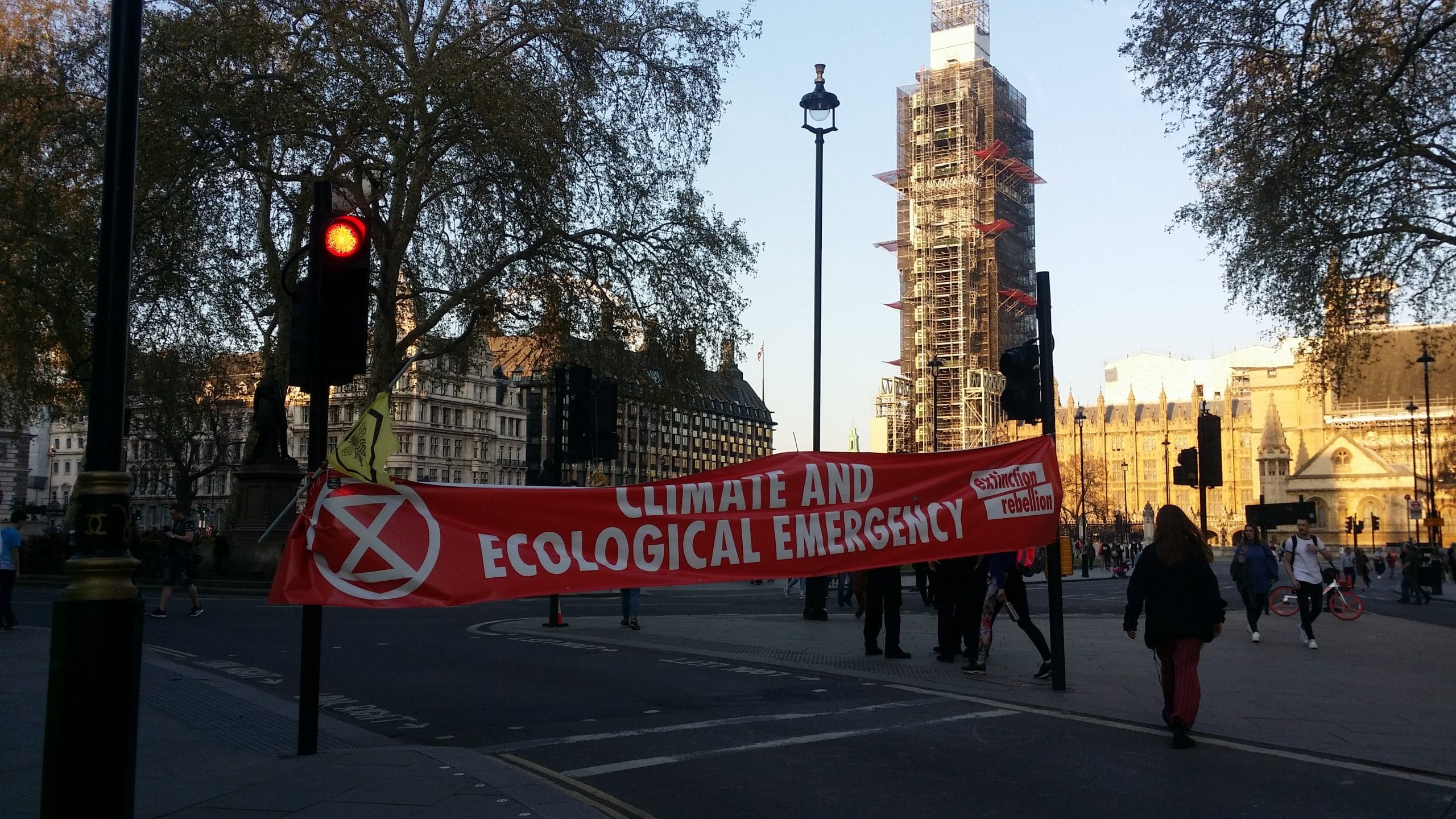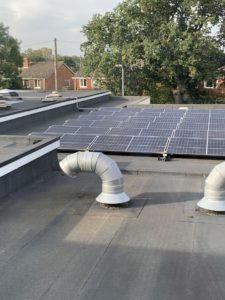By 2030, all new buildings must operate at Net Zero in order to achieve climate change targets; here we are talking about the requirements laid out by the London Energy Transformation Initiative on how to make that a reality.
2019 was a major year for climate change movements. Finally, people – and, more importantly, the higher powers – started paying attention to the climate emergency, and the Net Zero Carbon transition was put into place.
It’s been brilliant to witness the support for this big event; people are getting wholeheartedly behind it. But, if we truly want to achieve Net Zero Carbon for new buildings, we all need to start turning our thoughts into actions.
What does the Net Zero Carbon target for buildings mean?
The Net Zero Carbon target for buildings means that by 2030 all new buildings must operate at Net Zero in order to achieve climate change targets.
Therefore, by 2025, all new buildings must be designed in a way that enables them to meet these targets. That’s five years; five years to make this way of designing and building the norm.
Can we do it? We think so.
How can buildings achieve Net Zero?
Luckily, this is a question with a very detailed, thoroughly researched answer. And you have the London Energy Transformation Initiative (LETI) to thank.
LETI has produced a one page summary that lays out the key features of Net Zero Operational Carbon buildings. This document has been created following an intense industry consultation with over 330 responses. It has had collaboration and support from some of the industry’s biggest names, including the UK Green Building Council, the Better Building Partnership, Good Homes Alliance, the Royal Institute of British Architects and the Chartered Institute of Building Service Engineers.
Basically, you can trust it. It’s the real deal.
The summary document goes into detail about each key requirement (and you can view to PDF for yourself here). However, to give you an initial summary into the points, we’ve listed the 10 key points below.
LETI’s 10 key requirements for Net Zero carbon operations.
Low energy use.
- Total Energy Use Intensity (EUI) – it should be equal to or less than 35 kWh/m2 /yr (GIA) for residential. For non-domestic buildings a minimum DEC B (40) rating should be achieved and/or an EUI equal or less than 65 kWh/m2 /yr (GIA)
- Building fabric space heating demand should be less than 15 kWh/m2 /yr
Measurement and verification.
- Annual energy use and renewable energy generation on-site must be reported and independently verified in-use each year for the first 5 years.
Reducing construction impacts.
- Embodied carbon should be assessed, reduced and verified post-construction.
Low carbon energy supply.
- Heating and hot water should not be generated using fossil fuels.
- The average annual carbon content of the heat supplied (gCO2 /kWh) should be reported.
- On-site renewable electricity should be maximised.
- Energy demand response and storage measures should be incorporated and the building annual peak energy demand should be reported.
Zero carbon balance.
- A carbon balance calculation (on an annual basis) should be undertaken and it should be demonstrated that the building achieves a net zero carbon balance.
- Any energy use not met by on-site renewables should be met by an investment into additional renewable energy capacity off-site OR a minimum 15 year renewable energy power purchase agreement (PPA).
How can Buildpass help you achieve Net Zero carbon operations?
Buildpass have the skills and experience to join you on your project and show you precisely what is needed to turn your build into a sustainable venture.
We are all about eco-design; we live and breathe it. We know exactly what it takes to create a sustainable and environmentally conscious building. And we would love to share that knowledge with you.
To find out more about working with Buildpass, please contact a member of our team for a free consultation.




















